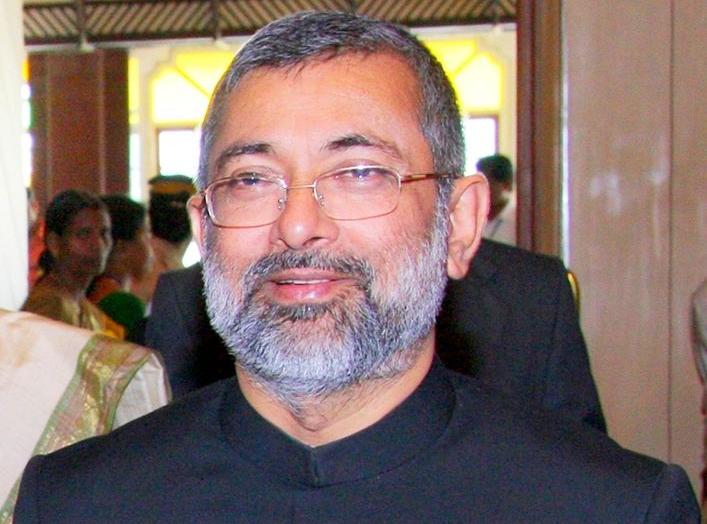
Justice Kurian Joseph’s historical counterfactual: If only the bench that heard the First Judges case in 1981 had not ignored Samsher Singh, there would not have been Second Judges, Third Judges, and Fourth Judges cases later.
A minor omission to cite a previous binding verdict in 1981 led to a major flaw in the First Judges case, which again led to a series of judges cases ending in the Fourth Judges case on 16 October (the National Judicial Appointments Commission (NJAC) case), without any sign of how many more Judges cases that the Supreme Court may have to hear in future.
The bench in the First Judges case had ultimately decided that President’s consultation with the Chief Justice of India, as required by the Constitution, did not mean concurrence, and that the executive would have the final say in the appointment of judges, in case of disagreement with the CJI
But if they had followed the earlier case of Samsher, the consequence would have been that the First Judges case should have accepted Samsher’s decision that the final judicial appointment call rested with the CJI, because the seven-judge bench in that case could not overrule a previous decision of a bench of equivalent strength of the Samsher case.
Samsher had clearly laid down that rejection of the CJI’s advice by the executive would vitiate an order of appointment of a judge, and that the last word would be that of the CJI
Justice Kurian Joseph’s concurring NJAC judgment, between pages 895 and 912, is the briefest of the four majority Judges in the NJAC judgments delivered on 16 October but it packs a punch.
For those readers who would otherwise find the other judgments somewhat monotonous, Joseph offers respite and food for reflection.
He starts his briefest judgment by observing that he was very conscious that the judgment of the bench should not be accused of Bharati fate – meaning the criticism invited by the bench which delivered the Keshavananda Bharati judgment in 1973 that it was the longest with 703 pages (the NJAC judgment, with 1030 pages, is sure to attract similar criticism).
Justice Joseph then goes on to observe that the seven-judge bench in the First Judges case (1981) was guilty of not relying on a previous decision in Samsher Singh from 1974, also delivered by a seven-judge bench.
In Paragraph 149, the bench in Samsher Singh had held as follows:
… The independence of the judiciary, which is a cardinal principle of the Constitution and has been relied on to justify the deviation, is guarded by the relevant article making consultation with the Chief Justice of India obligatory. In all conceivable cases consultation with the highest dignitary of Indian justice will and should be accepted by the Government of India and the court will have an opportunity to examine if any other extraneous circumstances have entered into the verdict of the Minister, if he departs from the counsel given by the Chief Justice of India.
In practice, the last word in such a sensitive subject must belong to the Chief Justice of India, the rejection of his advice being ordinarily regarded as prompted by oblique considerations vitiating the order. In this view, it is immaterial whether the President or the Prime Minister or the Minister for Justice formally decides the issue.
Justice Joseph said that this above principle, settled by a bench of seven judges, should have been taken as binding by the bench dealing with the First Judges case, which had a coram of only of seven.
Unfortunately, it held otherwise, though with a majority of 4 against 3, he said.
Strangely, he continued, the presiding judge in the First Judges case and author of the majority view, was a member who concurred with the majority in Samsher Singh, and yet there was not even a reference to that judgment in the lead judgment.
Justice Joseph added: “Had there been a proper advertence to Samsher Singh, probably there would not have been any need for the Second Judges case”.
According to him, the restlessness in the incorrect interpretation of the constitutional structure and position of judiciary in the matter of appointments with the super voice of the executive, as endorsed in the First Judges case, called for a serious revisit leading to the Second Judges case.
threads most popular
thread most upvoted
comment newest
first oldest
first
Dont be afraid to mention him in a positive light. I am a friend to both Legally India and Bar and Bench. Kian G. and Murali K. are both spectacular in their own ways.
threads most popular
thread most upvoted
comment newest
first oldest
first